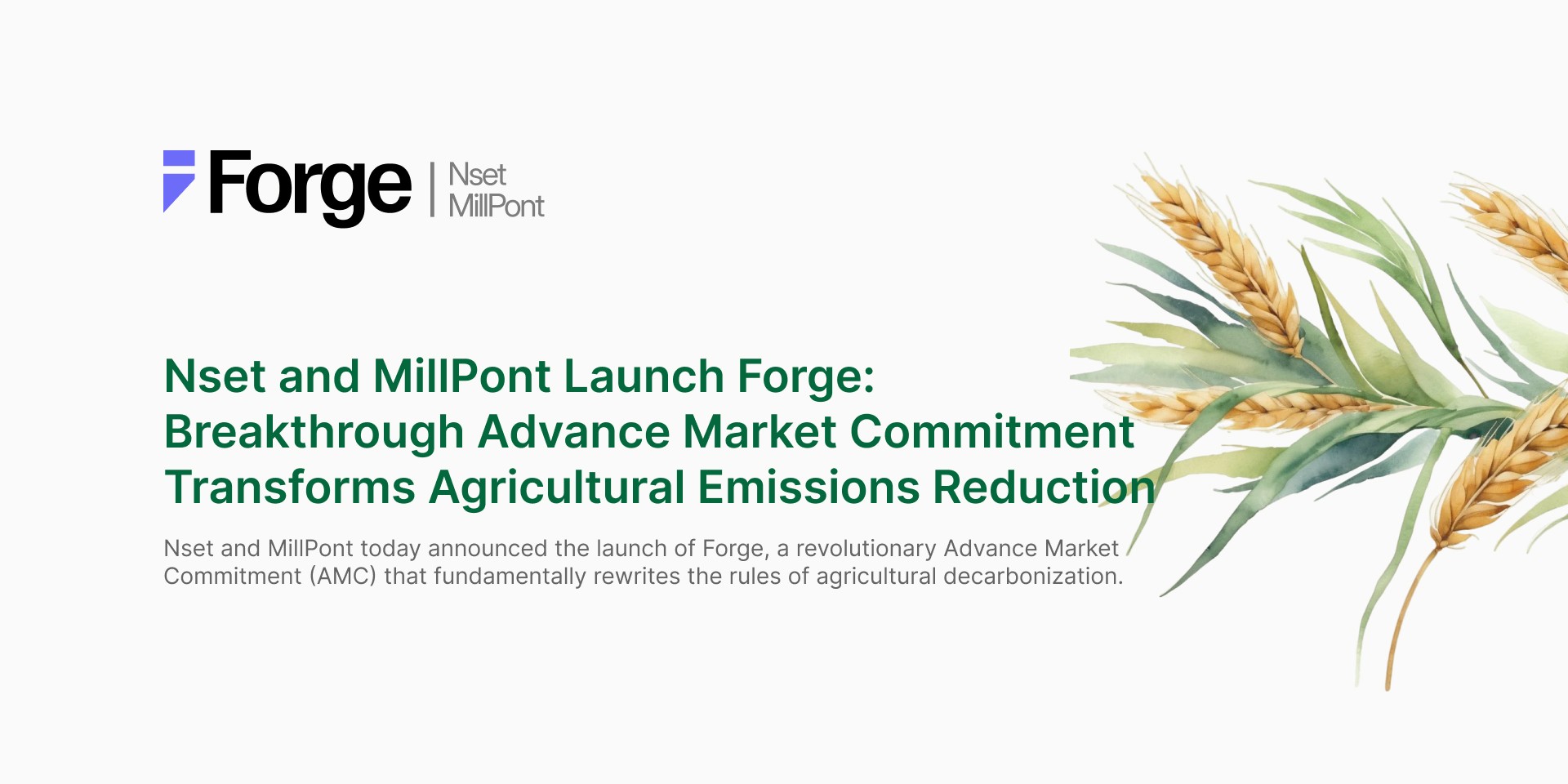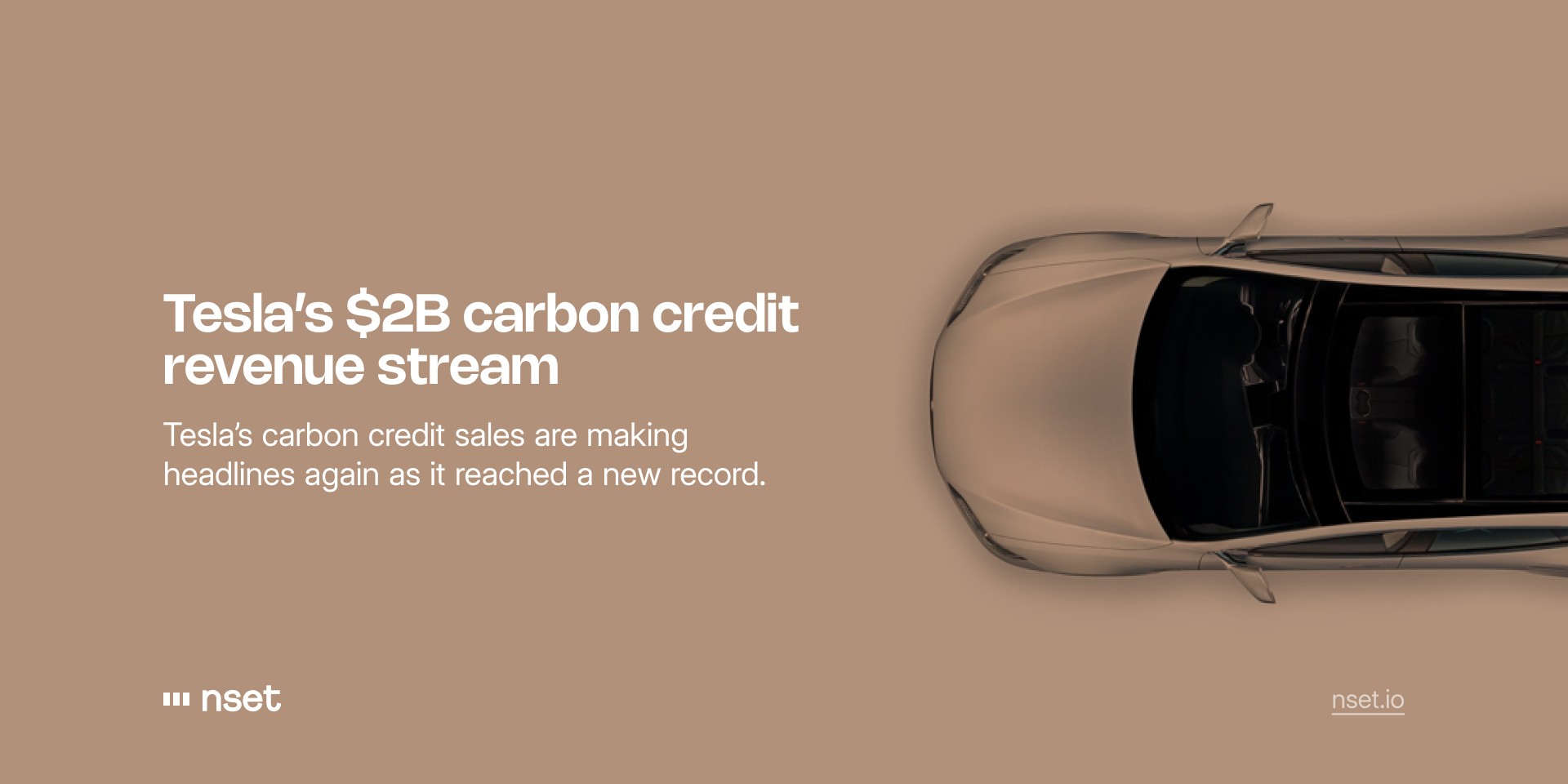The Future Landscape of Carbon Insetting: Predictions for the Next Decade
Friday, December 15, 2023
Carbon insetting, a strategy where companies reduce carbon emissions within their own supply chains, is poised to be a leading approach in the fight against climate change. As the world grapples with the rising urgency of curbing carbon emissions, insetting offers a holistic solution, merging business interests with ecological necessity. Here's what the next ten years might hold for this promising strategy:
Increased Adoption Among SME
SMEs often operate with tighter margins and closer ties to their local communities. By investing in insetting, SMEs can build stronger community relationships, ensure supply chain resilience, and even discover new revenue streams.
Evidence: A Carbon Trust report suggests SMEs can achieve energy savings of 20-25% with measures that pay back in less than three years. As carbon insetting aligns both with cost savings and positive environmental impact, it's poised for increased uptake among SMEs.
Technological Integrations
Advanced technologies can help companies optimize their insetting strategies, offering data-driven insights, ensuring transparency, and streamlining verification.
Evidence: The Blockchain for Climate Foundation is already exploring ways to use blockchain for tracking and verifying carbon credits, ensuring immutable and transparent records.
Regulatory Boosts
Governments are increasingly looking at private sectors to shoulder some of the responsibility for climate mitigation. Insetting, being a proactive measure, might gain policy favor.
Evidence: The European Union's Green Deal is indicative of regulatory trends aiming to make industries more sustainable.
Diversification of Insetting Projects
The potential of insetting isn't just limited to forests. Everything from kelp farms to urban green spaces can act as carbon sinks.
Evidence: Companies like Running Tide are pioneering the use of kelp to sequester carbon in the ocean, showcasing the diverse avenues available for insetting
Consumer Demand Driving Insetting
Modern consumers are eco-conscious and align their purchasing habits with their values.
Evidence: A Nielsen survey revealed that 81% of global respondents felt strongly that companies should help improve the environment.
Collaborative Insetting Iniatiatives
The magnitude of the climate crisis demands collective action. Collaborative insetting can pool resources, knowledge, and reach.
Evidence: Collaborative initiatives like the Science Based Targets initiative underscore the potential of collective corporate action in achieving ambitious sustainability goals.
Verification and Standards
As insetting gains popularity, the need for rigorous standards becomes paramount to prevent "greenwashing" and ensure genuine impact.
Evidence: Organizations like Verra and the Gold Standard are leading the charge in setting rigorous standards for carbon offsetting, and similar standards for insetting are on the horizon.
In Closing
The next decade for carbon insetting looks promising, backed by a blend of technological innovations, evolving consumer behaviors, and regulatory pushes. As businesses continue to seek ways to meld profitability with sustainability, insetting is set to be a front runner, presenting a holistic approach to corporate environmental responsibility.



